In 2022, new technical regulations were introduced one year later than originally planned due to disruptions caused by the Covid-19 pandemic.
Ground effect returned as F1 and the FIA looked to tackle concerns over difficulties the drivers faced when following their rivals through corners. Four years later in 2026, the next major changes will be made.
Significant changes will be seen in the Power Units (PU) which will increase electrical power, but the cars themselves will also undergo alterations.
Speaking to select media including RacingNews365, the FIA's Single Seater Director Nicolas Tombazis confirmed that the regulations are set to be published in just over six months' time.
“If we talk about where we are in 2026, we have an objective to define the regulations, at least in their first form by the end of June, that is in accordance with the International Sporting Code timeline,” he said.
“The PU side, the regulations are fairly stable. They were defined more than a year ago and PU manufacturers are busy developing. We have regular sessions with them just to make sure we close any misunderstandings or loopholes.
“We've been publishing periodically some regulation updates which are relatively minor by and large on the PU side, just clarifications and things we discussed with the PU manufacturers.”
Viewed by others:
The chassis
Not much is yet known regarding how the cars will look but the FIA has been voicing its desire for some time to field shorter cars that are also lighter and more agile than recent challengers.
Tombazis confirmed that this will be the case when the 2026 cars hit the track.
“The chassis side is more happening right now, we've pretty much defined the basic layout of the car and also mechanically speaking, it’s going to be a shorter car.
“It's going to be probably a 3.4-metre wheelbase (the current maximum wheelbase is 3.6m). Clearly, none of this is final yet, but that's where we're heading towards.
“And there's going to be a narrower car by about 100 millimetres, it could be 1.9 meters.”
A consistent complaint from the drivers in recent years is the minimum weight of the car, which in 2023, stood at 798 kilograms.
The figure has steadily been increasing across the last several years with the challengers this season 100kg heavier than the 2014 cars that commenced the turbo-hybrid era.
“We aim to have a significantly lower weight limit,” Tombazis said. “We are looking to reduce the weight limit by 40 to 50 kilos in 2026.
“The way we want to do that is related to what we've termed a nimble car concept, we basically feel that in recent years, cars have become a bit too bulky and too heavy. We are sort of going on a bit of a diet, let’s say.”
Some of the weight increases have come from improved safety measures - so how is the FIA planning to bring the weight down while also maintaining its high safety standards?
“What we plan to do is to have a reasonable reduction of downforce for these cars and a very, very large reduction of drag,” Tombazis said.
“This lower downforce means that a lot of the loading on components such as suspension, etc, will reduce and that will enable the teams to reduce the weight. We also believe there will be a reduction because of the dimensional changes.
“We also plan to have smaller wheels. We are tentatively aiming for wheels that are 16-inch wheel rims, smaller wheel diameters with smaller widths both front and rear. All of these things we believe are pushing towards a significantly lower weight.
“Clearly it would still be a challenge for the teams to achieve that low weight as we know they're not going to have an easy ride there.”
A 40-50 kilogram weight reduction will bring the cars back to the same level they were during the 2021 season, prior to the introduction of the current generation of car.
Aerodynamics
When it comes to the aerodynamic side of the cars, the FIA will take findings from the current regulations and evolve them to the new rules.
“Aerodynamically speaking we have a concept at quite an advanced status, an evolution of where we are now. I wouldn't call it a revolution,” Tombazis outlined.
“It still aims to make the close racing features a bit more robust. The 2023 season had a small worsening of the close racing features, the cars had degraded a bit in their ability to follow each other closely.
“We think we understand why and how and what and what we need to do. And we believe that next time we’ll achieve a much more robust racing solution. Additionally, the basic aerodynamic regulations will aim to have this significant downforce and drag reduction.
“So the cars will be inherently a lot less draggy and will have a chunk less downforce.”
Several discussions have been held over active aerodynamics as part of the 2026 regulations and they may be used to compensate for the reduction in downforce. Ex-F1 Managing Director Ross Brawn hinted last year that the race leader could have more drag to allow the pack to catch up.
Active aerodynamics
However, Tombazis denied that this will be the case.
“There will definitely be a change of incidence of the wing or the state to achieve the low drag. There will definitely not be any slowing down or the front car by some means - that simply wouldn't work.”
One element that will remain is a DRS-like element that aids an following driver when they are within one second of a rival. What form it will take, however, is not yet clear.
“There will definitely be something equivalent to the current DRS which will basically enable a following car within a certain limit to to potentially get into a position to attack,” Tombazis said.
“What form that mechanism will take, whether it will be an additional change of an aerodynamic component on the straight or an additional change of the component in the corner, or whether it will be part of the energy of the engine, we're still doing our best to arrive to the best possible solution.
“What we don't want to have is cars basically diving past each other on the straight. What we do want to [have] is to have cars arriving close to the braking point close to each other and there being a fight and drivers having to use their skill.
“Obviously we believe that will be a step improvement with the aerodynamic configuration. These additional methods, we can always tune down by reducing the zone so they can be used if necessary. So we will never want to make it too easy.
“But we also don't feel that we can just say, ‘Oh it's not needed anymore’. We can't risk arriving in the situation when it becomes impossible again. We want to have it in the pocket and to use it moderately.”
The cars are set to be slower - but Tombazis is confident that the lap times will not deviate drastically from the current lap times.
“It is not a huge factor in our considerations, but it's going to be very close to now,” he said.
“I think we're going to be within a couple of seconds or something like that. Even if it was five seconds slowly we're not going to be sweating too much.”
Don't miss out on any of the Formula 1 action thanks to this handy 2026 F1 calendar that can be easily loaded into your smartphone or PC.
Download the calenderMost read
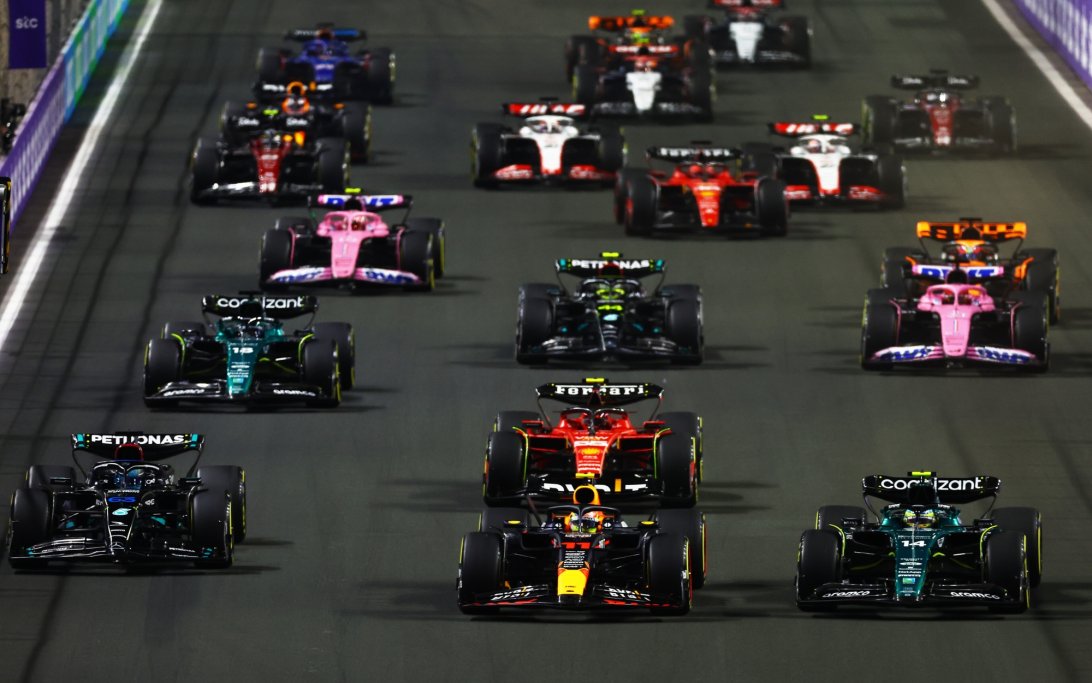
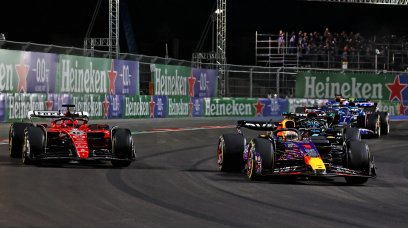
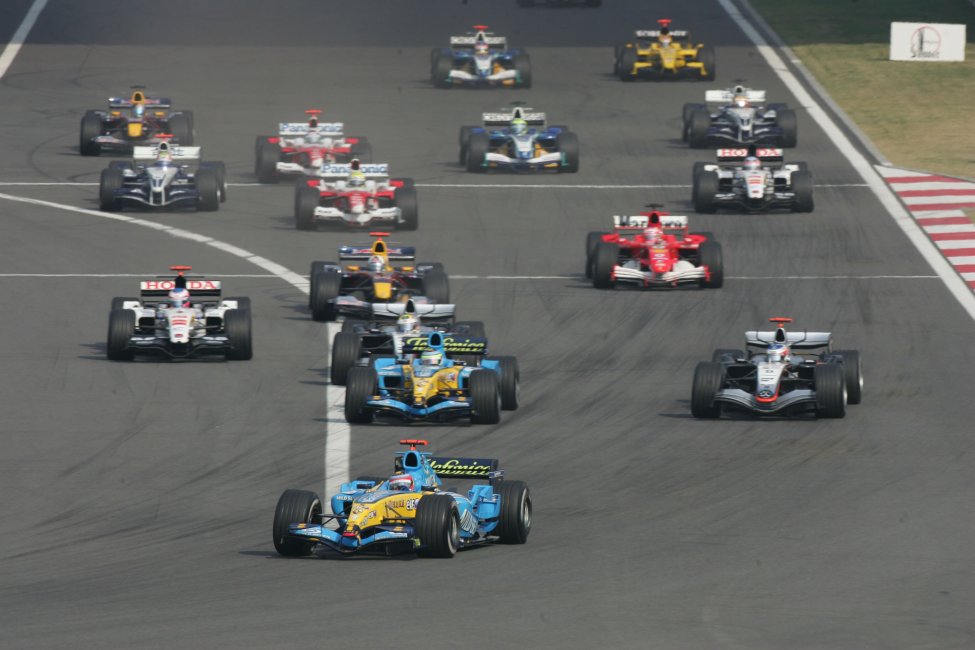
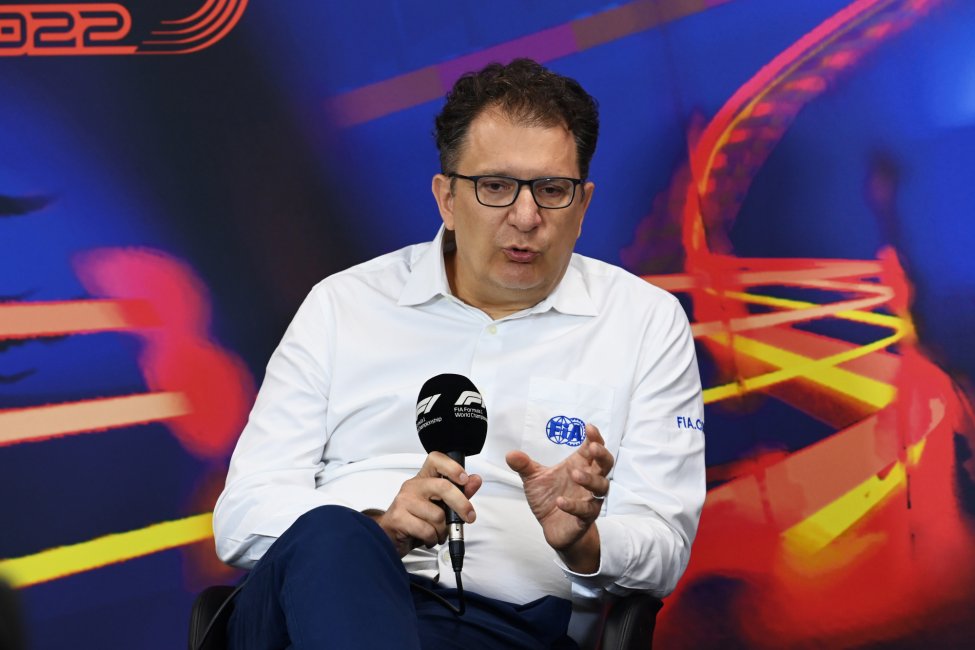
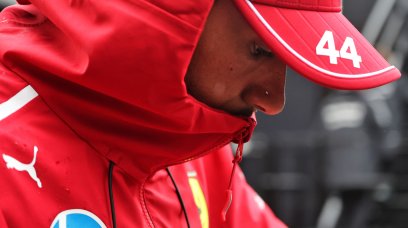



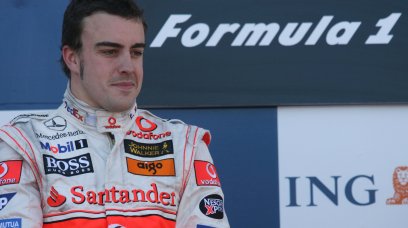
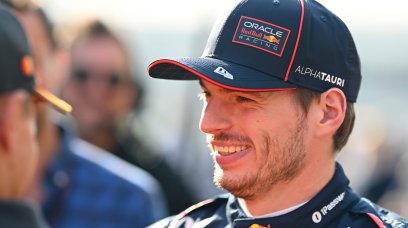

Join the conversation!